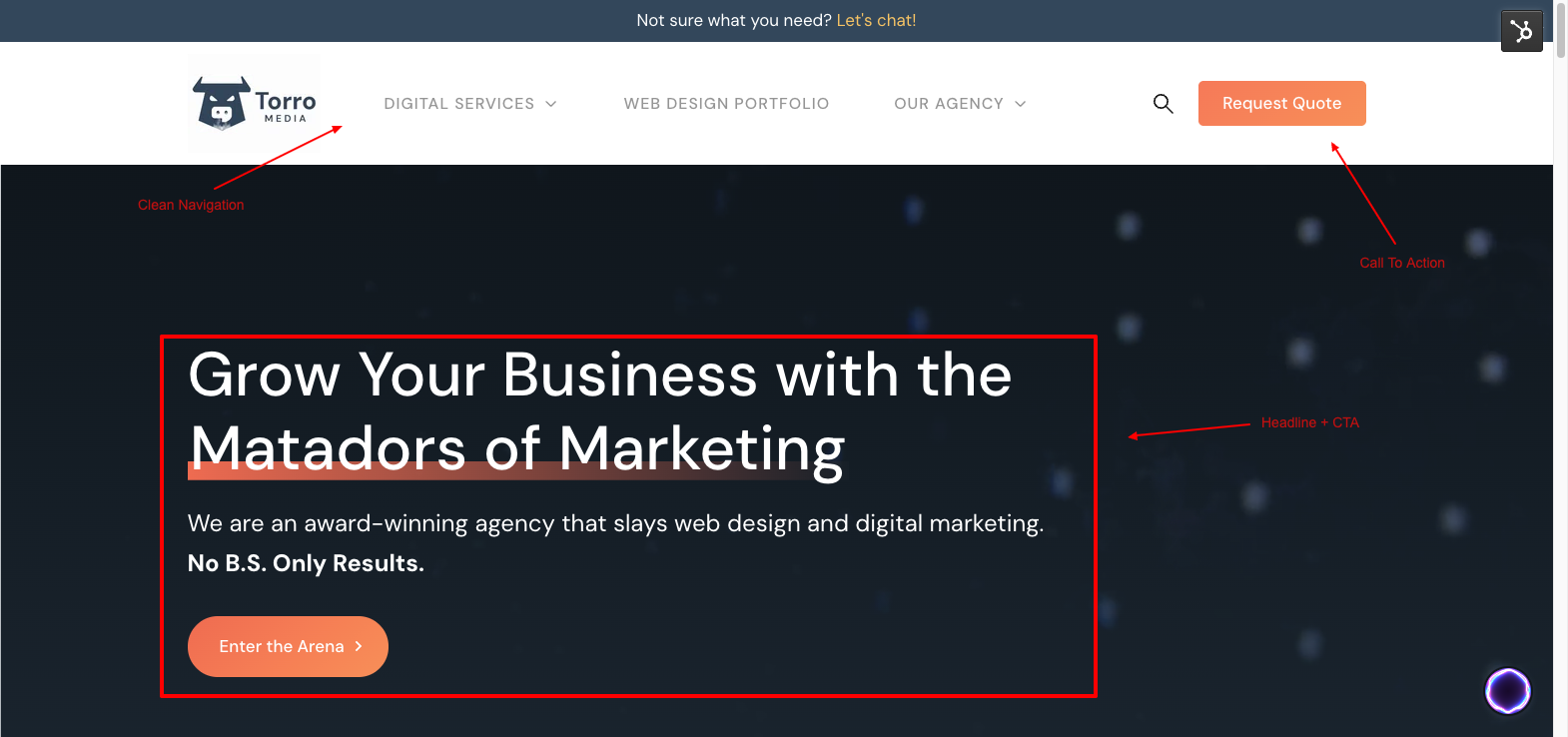Your "above the fold" (ATF) section is the part of your site that's immediately visible before scrolling. This section is critical because it’s the first thing visitors see when they land on your page. A well-designed ATF can grab attention, communicate your main message, and encourage users to explore further. In this post, we’ll explain why focusing on above the fold content can improve engagement and conversions.
Key Summary
Here’s a quick overview of why your above the fold section is so important:
- It’s the first impression visitors get of your website.
- Clear ATF content can increase engagement and reduce bounce rates.
- Strategic placement of headlines, images, and CTAs improves conversions.
- Optimizing your above the fold section helps with usability and accessibility.
What Does "Above the Fold" Mean?
The term “above the fold” comes from newspapers. The most important stories were placed on the upper half of the front page. Online, it refers to the portion of your website that users see without scrolling. This includes the top of your homepage, landing pages, and key product or service pages.
Why the Above the Fold Section Matters
Visitors decide in seconds whether they want to stay on your website. If your ATF section is cluttered, confusing, or slow to load, people may leave before seeing the rest of your site. Research shows that users spend 80% of their time above the fold on mobile devices and 57% on desktops. That’s a lot of real estate that should clearly communicate your value.
Elements of a Strong ATF Section
To make your above the fold section effective, focus on three key elements: clarity, visuals, and calls-to-action.
Clarity means your headline quickly communicates what your site or business does. Visuals include images or videos that support your message. And calls-to-action prompt the visitor to take the next step, like contacting your team or exploring services.
How to Optimize Above the Fold Content
Here’s how to make the most of your above the fold section:
- Keep the layout simple and focused on the primary message.
- Use concise, compelling headlines that describe the value clearly.
- Include a visible call-to-action, like requesting a quote or contacting your team.
- Ensure fast load times to avoid losing visitors before they see your content.
- Test the design across devices to make sure it looks good on both desktop and mobile.

Above the Fold and Conversions
When done right, your above the fold section can increase conversions significantly. Visitors are more likely to engage with your content, click links, and complete forms if they understand the purpose of your site immediately. And because the ATF section is visible without scrolling, it’s also prime real estate for showcasing offers or important messages.
Next Steps
If you’re looking to improve your website, start with your above the fold section. Make sure it communicates your main message, includes clear CTAs, and loads quickly. For professional help, contact our team to see what changes can make a difference.
Frequently Asked Questions
What is above the fold content?
Above the fold content is the portion of your website that visitors see immediately without scrolling. It’s where the most important information should be displayed.
Why is the above the fold section important?
This section shapes first impressions, affects engagement, and influences whether visitors stay on your site. A clear ATF can improve conversions and reduce bounce rates.
What should be included above the fold?
Include a concise headline, visuals that support your message, and a clear call-to-action. Keep it focused on the visitor’s needs and your main value proposition.
How do I optimize my above the fold section?
Keep the layout simple, prioritize fast loading times, and test across devices. Highlight your main message and guide visitors toward the next step, like contacting your team or exploring services.
Does above the fold affect SEO?
Yes, above the fold content affects SEO. While it doesn’t directly change rankings, good ATF content improves user experience and engagement metrics, which can influence SEO performance.




